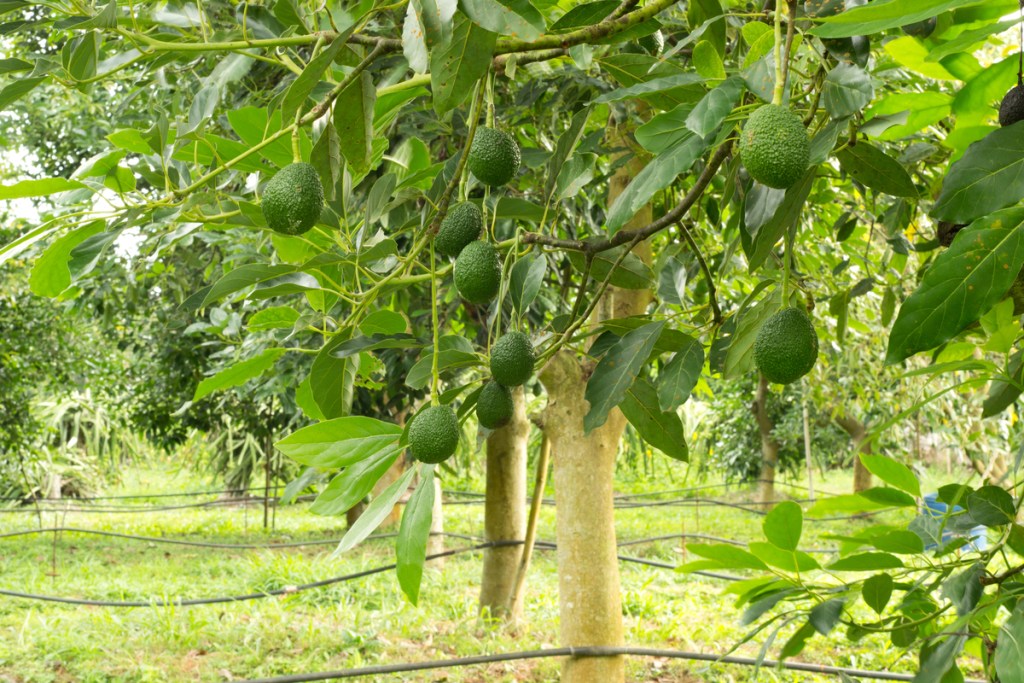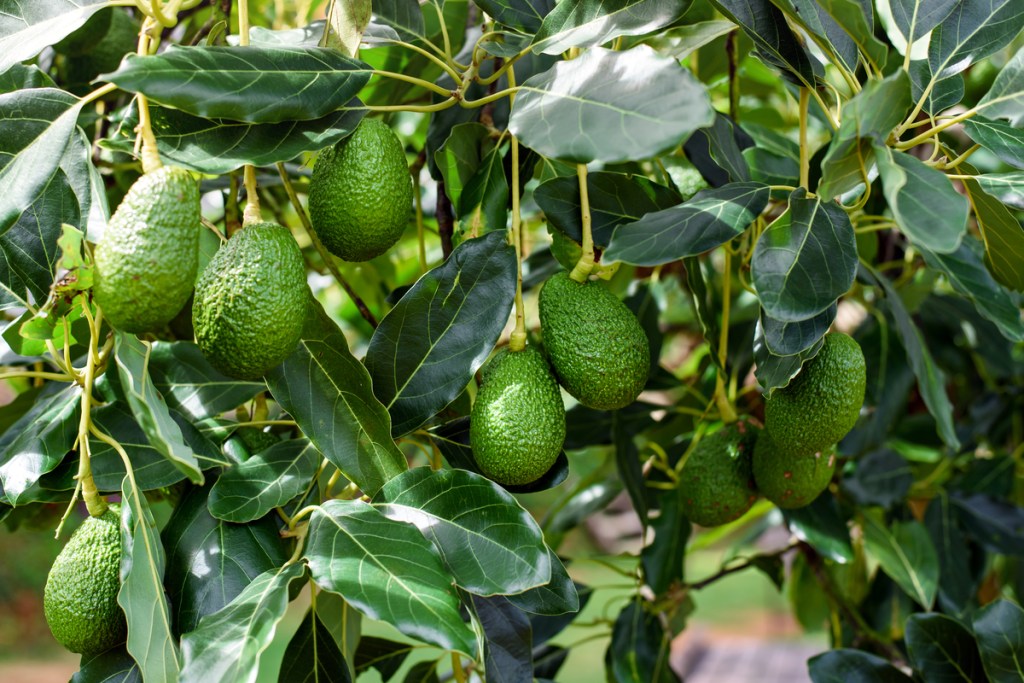Avocados are a delicious and versatile food used for all sorts of things, from food to skin care. The question of the day isn’t how to use avocados, though, it’s what they are. They grow on trees, like fruit, but we eat them on sandwiches and as sides, like a vegetable. If you’re not sure of the answer, or aren’t sure why it matters, then you’re in the right place! We’ll give you a run down on the difference between fruits and vegetables, what category avocados fall into, and why it should matter to you.
What’s the difference between fruits and vegetables?
The distinction between fruits and vegetables actually comes down to a difference in botanical and culinary classifications. Fruits are a certain part of a plant, which means that no matter what plant you’re looking at, if it grows fruit, the fruit will form in the same place and way. Fruits are produced by a plant to carry its seeds, and they form at the base of the flower, after it’s been pollinated.
Vegetables, however, are a broad category that contains a variety of plant parts. This is because vegetable is a culinary term, meaning that whether or not part of a plant is a vegetable depends entirely on how we eat it. If a plant part is edible and is typically eaten in a savory meal or alongside a protein, then it qualifies as a vegetable. Additionally, a vegetable doesn’t need to be exclusively used for savory meals, it just needs to have one or two savory meals that it’s consistently used in. For example, carrots are used in carrot cake but are still a vegetable.
So plants can be one or the other, but they can also be both. This means that rather than being two entirely separate lists, it’s more like a venn diagram. On the entirely fruit side, you have fruits like blueberries, peaches, and oranges. On the entirely vegetable side, you have carrots, onions, and potatoes. In the middle, you have tomatoes, eggplants, and peppers.

What are avocados?
If you guessed that avocados are both fruits and vegetables, then you’re correct! Avocados are the fruit of the avocado tree. More specifically, avocados are berries. Although avocados have one large seed, like a stone fruit, the softer coating of that seed lands it squarely in the classification of berry.
It all comes down to the endocarp, which is the layer of fruit surrounding the seed itself, which is sometimes referred to or thought of as the shell of the seed. Stone fruits have a harder endocarp around their seeds, while berries have a softer endocarp. This can be a little confusing, but if you compare a peach pit to an avocado pit, it’s easy to see the difference.
Additionally, we typically eat them in savory meals. Avocado toast, guacamole dip, and sliced avocado sandwiches are what make this berry a vegetable. You can also add avocados to sweeter meals, and plenty of people do. Its creamy texture and mild flavor make it a great base for all sorts of dishes.

Why does it matter?
While knowing that an avocado is specifically a berry might just be a fun extra bit of information, knowing that avocados are both fruits and vegetables can actually be quite helpful. Understanding whether a food is a fruit helps you take better care of your plants, letting you know which part of the plant to harvest, and when. On the other hand, knowing whether a food is a vegetable gives you some understanding of how to use it.
For avocados in particular, knowing that it’s a fruit lets you know to keep an eye out for fruit once the tree blooms. It also tells you to watch for pollinators, since the flowers need to be pollinated for avocados to grow. Additionally, while you can use avocados only as fruit, you’d be missing out on some of the most popular avocado dishes. Knowing that avocados are a vegetable opens the culinary door to a wider range of uses for them.
Now that we’ve answered your avocado classification questions, you’ll know just what to say the next time someone asks you if avocados are a fruit or a vegetable. You can even take a closer look at other foods in your life, to see what other vegetables might be fruits, or what other fruits could be vegetables. Experiment with different ways of looking at your food, and have fun with your garden!
Editors' Recommendations
- 3 incredible reasons why you should be using coffee grounds in your garden
- The truth about holly leaves – interesting facts you might not know
- Do you live in climate zone 10? Here’s our guide to choosing the perfect climate zone 10 plants
- Gardening 101: 7 easy seeds to grow in cups for a tiny, adorable, and low-maintenance indoor garden
- These are the 10 best gardening shows to stream right now




